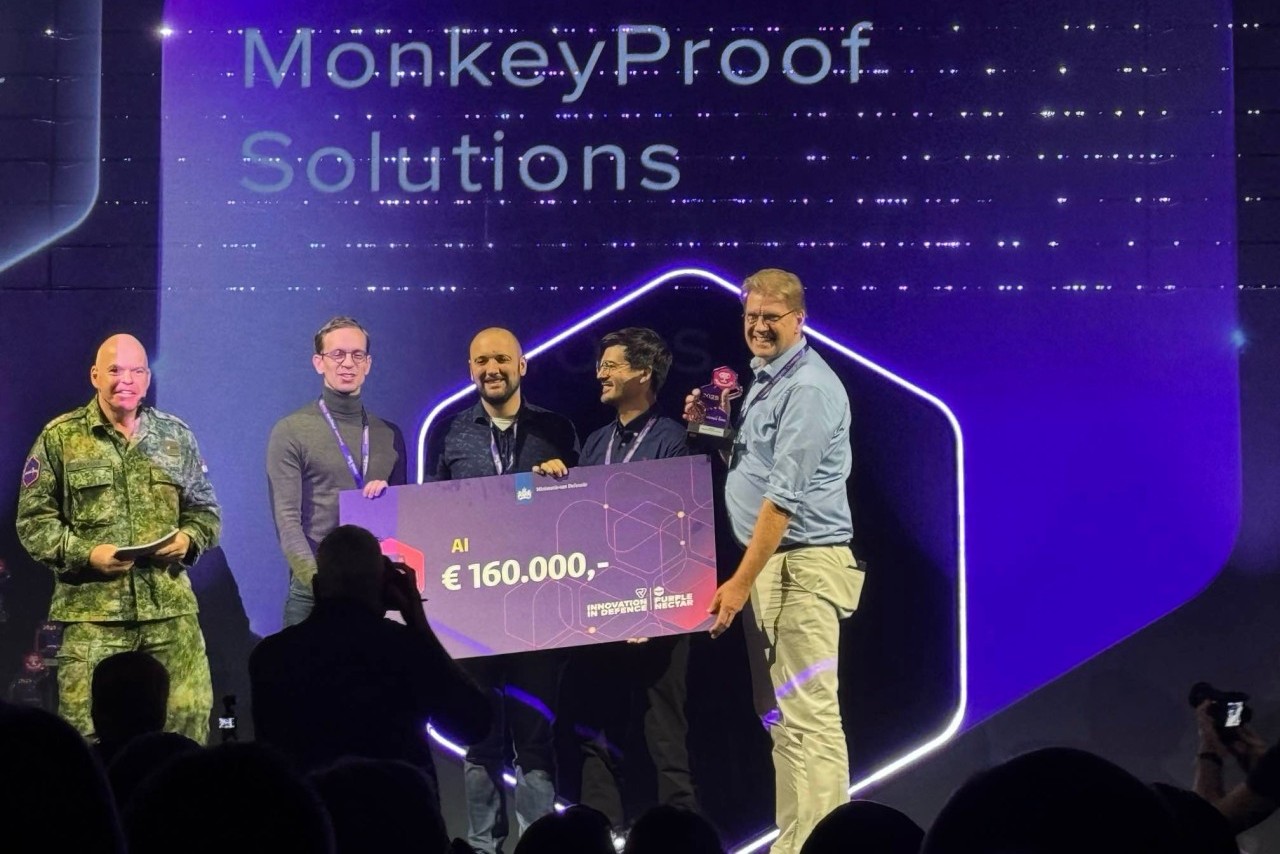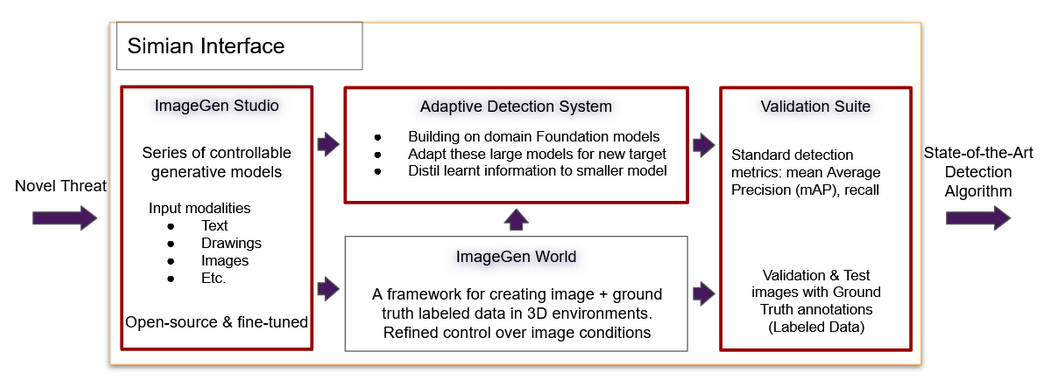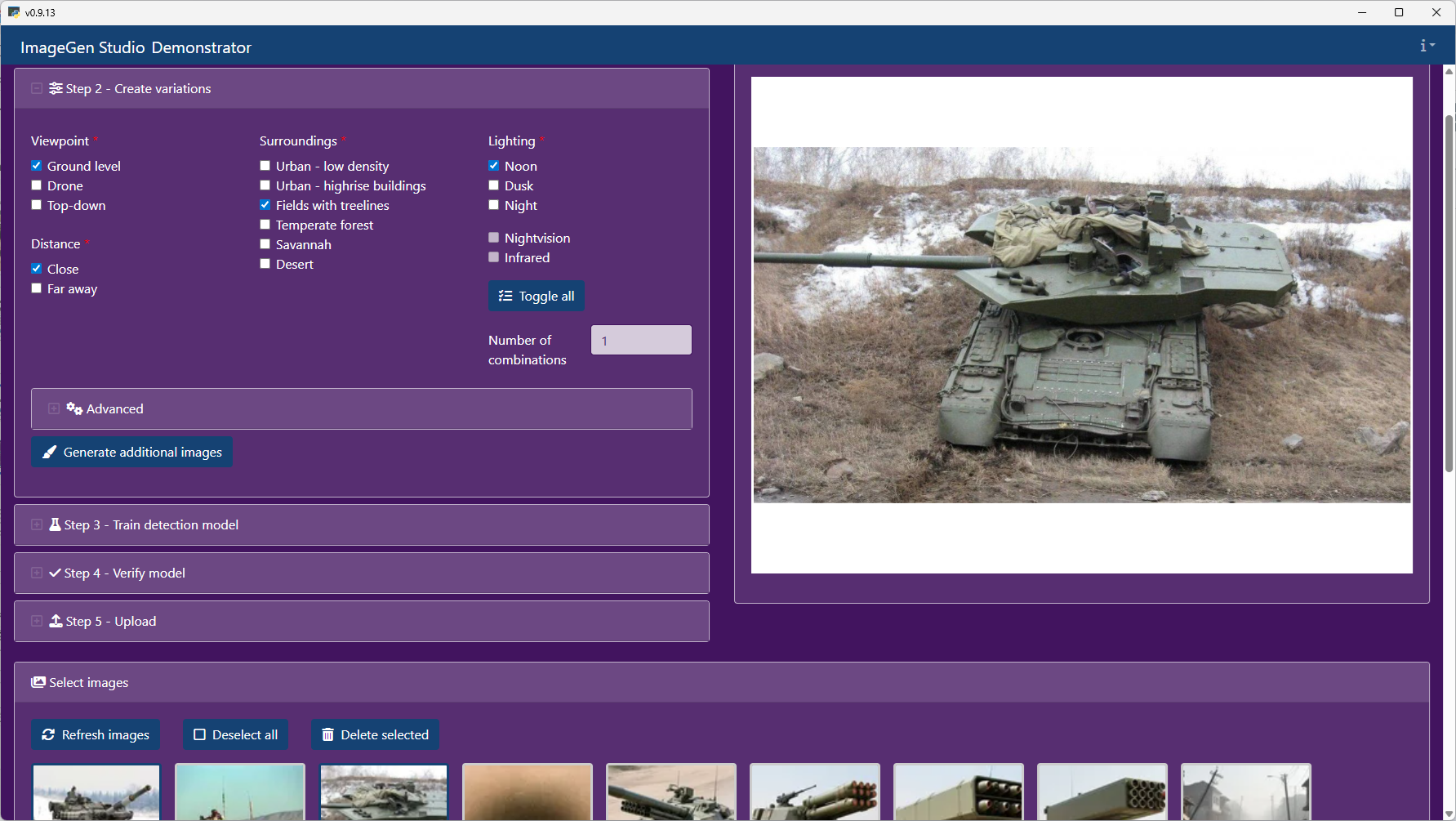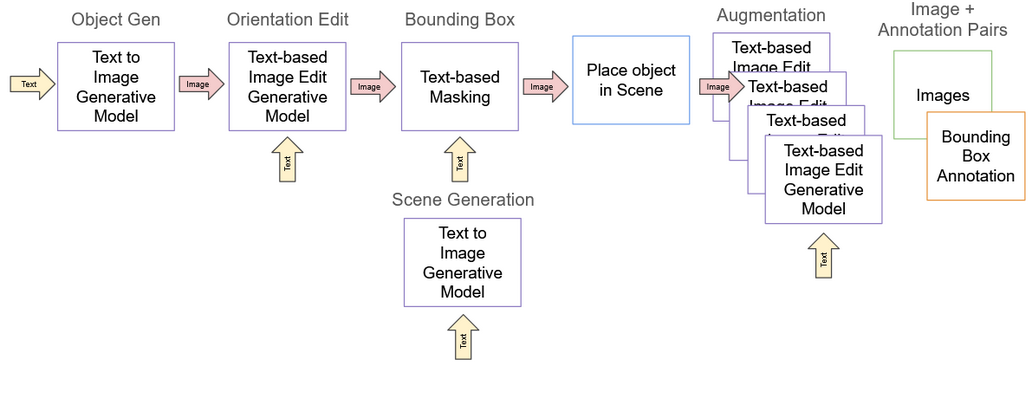Defense GenAI Challenge Won
Generative AI for Faster Detection Model Training
Published: 2025-11-03

The Challenge
Today retraining of detection models for novel or missed threats is a tedious and time consuming task because images of such threats are typically unavailable or scarce, and need to be created in numbers through simulation.
The Dutch Ministry of Defense (MoD) and Material and IT Commmand (COMMIT), by means of Strategic Defence Innovation Research (SDIR) Challenges for Purple Nectar 2025, are actively looking to collaborate with innovative industry partners to investigate Generative AI to speed up retraining of such detection models using GenAI generated synthetic images of objects/threats.
In April 2025 MonkeyProof Solutions, together with consortium partners Theta Vision and TU Eindhoven, was awarded participation in the reconnaissance phase of SDIR Challenge 1 "Synthetic Data Generator with GenAI". Following the results of this phase, the consortium was awarded the next phase of the challenge aimed at building a TRL-4 prototype to be demonstrated at the Purple Nectar 2025 event on 5-6 November 2025 in Nijkerk (NL). During this event the prototype was choosen as winner!

Work Packages
- Current state of open source GenAI technology, to have a solid basis for MoD to build on without dependencies.
- Design, implement, and automate a GenAI workflow, to prove the concept and serve as a backend to the user interface.
- Develop a userfriendly interface, to allow non GenAI specialists to work with GenAI.
- Implement an offline capable system, to support the envisioned use case which does not accomodate internet connectivity
Consortium
The consortium for this project consists of people from MonkeyProof Solutions, Theta Vision, and TU Eindhoven. The people from these organizations know each other from working closely together for 3 years in the TASTI Project.
The TASTI Project is about unlocking the potential of Synthetic Imaging in a broad range of application areas by developing a common framework of transferable technology. Cutting edge medical, automotive, manufacturing, and agriculture applications are represented in the TASTI Project. This broad set of Generative AI use-cases makes the technology and knowledge gained, especially relevant for Defense investing in dual-use technology.
The Winning Solution
A prototype (TRL-4) of a portable end-to-end solution has been developed. The prototype hardware includes a server with network capabilities, allowing laptops to connect via LAN. The laptops or client machines then have access to the prototype web application "ImageGen Studio". ImageGen Studio enables users to easily generate images of a "novel threat" under various conditions and in different environments.

|

|
The application can be used either in a fully automated mode or in a more iterative, hands-on way. In the automated workflow, a single prompt can generate a set of images that are directly used to train and test a detection algorithm. The resulting detection model can then even be deployed on an edge device.
In addition to this fully automated process—where image generation and model training are performed based solely on a description of the novel threat and/or a few example images—ImageGen Studio also supports a more iterative workflow. The main steps in this process are:
- Generating images of the “novel threat.”
- Placing the novel threat within a scene.
After iterating through steps 1 and 2, a detection algorithm can then be trained and tested using the generated data

Core to ImageGen Studio development is that it facilitates adopting new GenAI technology (models) and computing power (GPUs) when these emerge. Python is the implementation language for both backend and frontend allowing domain experts to focus on innovation rather than spending time on non-domain technologies.
Future developments depend on feedback on the prototype, but envisioned improvements are the deployment support, and domain-specific updates to the used AI models.